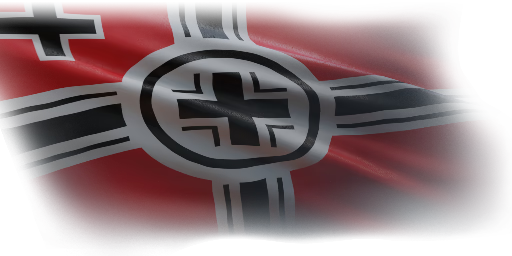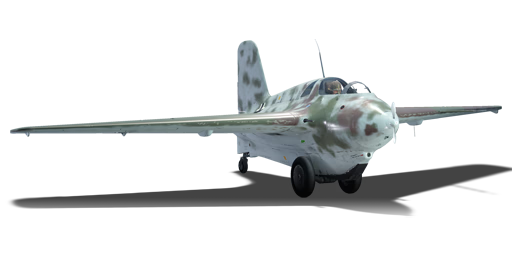

Aviation
Me 163 B-0
V
Rank
AB
9.3
RB
8.7
SB
8.3
Battle rating
Germany
Game nation
Fighter
Main role
61,000

Research
340,000

Purchase
General information
Flight performance
Max speed
at 4,500 m
955933966943 km/h
Rate of Climb
3623.846.326.6 m/s
Turn time
2222.921.422.6 s
Max altitude
15,000 m
Takeoff Run
357 m
Combat
flaps
flaps
Take-off
flaps
flaps
Landing
flaps
flaps
Air
brake
brake
General characteristics
Crew
1 person
Gross weight
4.1 t
Engine
Walter HWK 109-509A-2
Length
5.9 m
Wingspan
9.3 m
Limits:
Max Speed Limit (IAS)
1,040 km/h
Mach Number Limit
1
Flap Speed Limit (IAS)
420 km/h
Gear Speed Limit (IAS)
550 km/h
Offensive armament
2 × 20 mm MG 151 cannon
Ammunition
240 rounds
Fire rate
700 shots/min
| Belt | Belt filling | Armor penetration (mm) at a distance: | |||||
|---|---|---|---|---|---|---|---|
| 10 m | 100 m | 500 m | 1000 m | 1500 m | 2000 m | ||
| IT/IT/APHE/HEI | 21 | 19 | 8 | 3 | 1 | 1 | |
| IT/HEI/HEI/AP-I | 27 | 24 | 14 | 7 | 3 | 2 | |
| AP-I/HEI/HEI/HEI/HEI/IT | 27 | 24 | 14 | 7 | 3 | 2 | |
| APHE/APHE/APHE/IT | 21 | 19 | 8 | 3 | 1 | 1 | |
| FI-T/FI-T/FI-T/IT/IT | 21 | 19 | 8 | 3 | 1 | 1 | |
| HEI/HEI/HEI/APHE/AP-I | 27 | 24 | 14 | 7 | 3 | 2 | |
weapons/me_163b_undercarriage
Ammunition
1 round
Suspended armament
Setup 1
2 × 20 mm MG 151 cannon
Economy
Repair cost
Basic → Reference
AB
3,176 → 3,872 

RB
10,001 → 12,191 

SB
12,839 → 15,651 

Crew training
98,000 

Experts
340,000 

Aces
1,800 

Research Aces
780,000 

Reward multiplier
AB / RB / SB
120 / 380 / 600 % 

202 % 

Total cost of modifications
103,000 

165,000 

Talisman cost
2,200 

Research order:
Flight performance |
|---|
Survivability |
|---|
Weaponry |
|---|
Rating by players
You must play more than 3 battles for the last week and more than 10 battles in a vehicle to rate it.
Like:
11
Flight performance:
Not enough ratings
Survivability:
Not enough ratings
Aerial combat:
Not enough ratings
Ground attack:
Not enough ratings
Balance:
Not enough ratings
Articles
No articles about this vehicle yet
Become the first author and get rewards!
Write a guide, tell about interesting historical facts, make a tutorial or simply an interesting post.
No more content